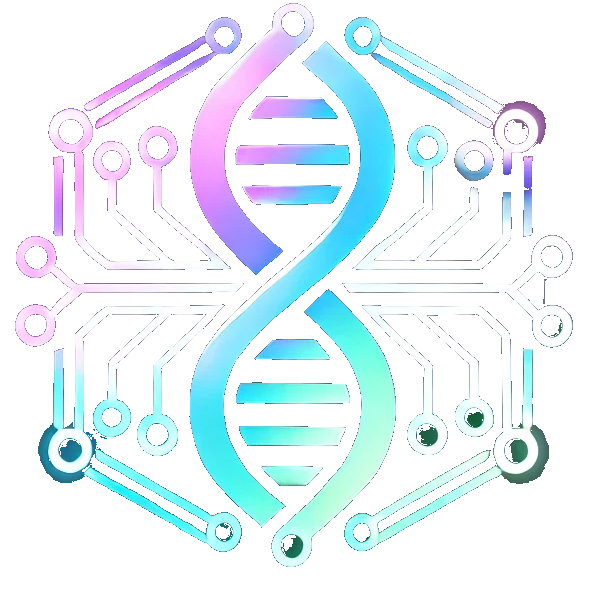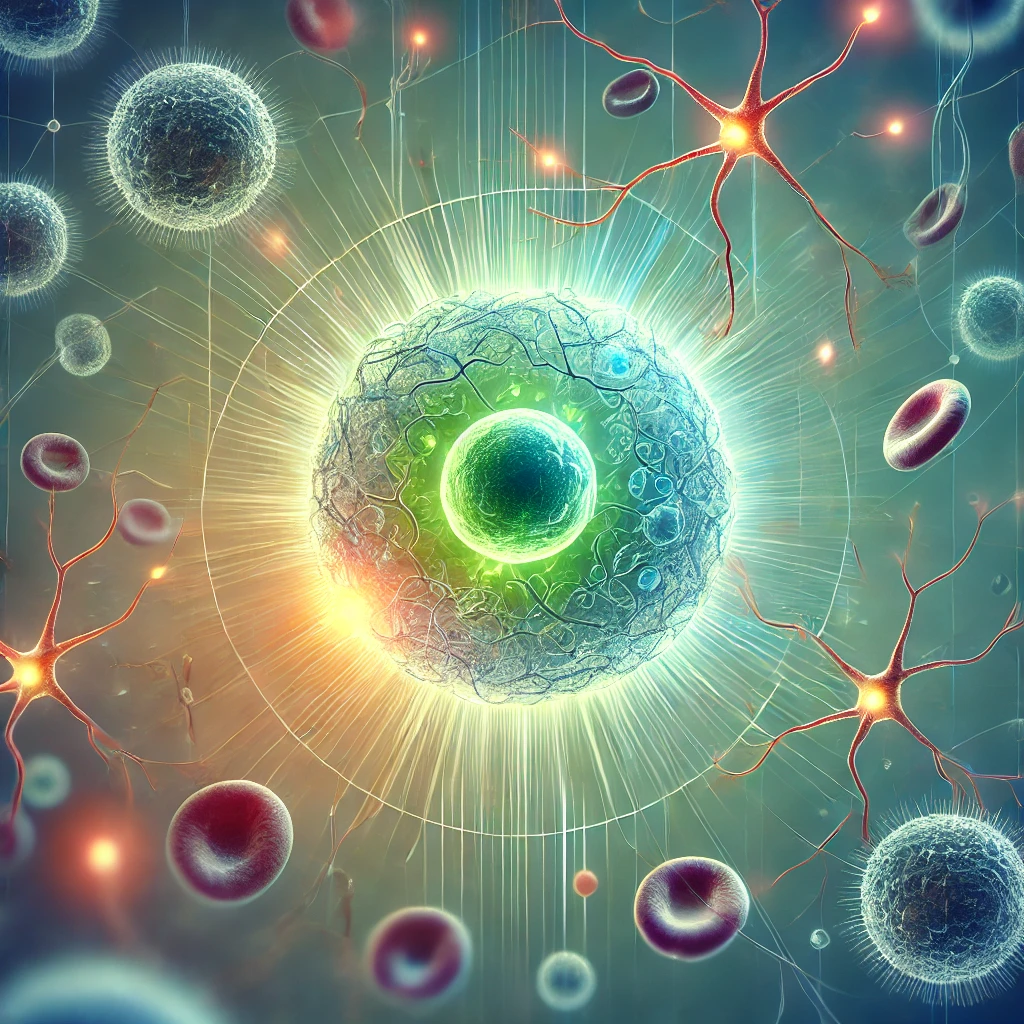Stem cells are vital for tissue maintenance and repair throughout an organism’s life. However, as we age, these cells experience functional decline and reduced numbers, a phenomenon known as stem cell exhaustion. This process contributes significantly to aging and the development of age-related diseases. In this article, we examine the causes and consequences of stem cell exhaustion and explore potential strategies for intervention.
What is Stem Cell Exhaustion?
Stem cell exhaustion refers to the diminished capacity of stem cells to proliferate, differentiate, and regenerate tissues. This decline is driven by:
- DNA Damage: Accumulated genetic damage over time impairs stem cell function.
- Epigenetic Alterations: Changes in DNA methylation and histone modifications disrupt gene expression required for stem cell maintenance.
- Metabolic Dysregulation: Impaired mitochondrial function and increased reactive oxygen species (ROS) reduce stem cell viability.
The effects of stem cell exhaustion are evident across various tissues:
- Hematopoietic Stem Cells (HSCs): Decline leads to impaired blood cell production, weakened immune function, and anemia.
- Muscle Satellite Cells: Reduced capacity to repair muscle contributes to sarcopenia (age-related muscle loss).
- Neural Stem Cells: Declining neurogenesis contributes to cognitive decline and neurodegenerative disorders.
Potential Interventions for Stem Cell Exhaustion
Interventions to combat stem cell exhaustion aim to restore their regenerative potential, reduce cellular damage, and create supportive environments. These approaches include lifestyle changes, molecular therapies, and advanced biomedical techniques.
1. Lifestyle and Nutritional Support
- Regular Exercise:
- Promotes the maintenance of stem cell niches, particularly muscle satellite cells, and supports neurogenesis in the brain.
- Exercise-induced factors, such as brain-derived neurotrophic factor (BDNF), enhance neural stem cell function.
- Balanced Diet and Caloric Restriction (CR):
- CR and intermittent fasting reduce metabolic stress and inflammation, preserving stem cell function.
- Nutrient-dense diets rich in antioxidants and healthy fats can protect stem cells from oxidative damage.
- Quality Sleep and Stress Management:
- Chronic stress and poor sleep increase inflammation and hormonal imbalances, exacerbating stem cell dysfunction.
- Practices like mindfulness, meditation, and maintaining a consistent sleep schedule help reduce these negative effects.
2. Cellular and Molecular Therapies
- Stem Cell Transplantation:
- Hematopoietic Stem Cell Transplants: Already used clinically to treat blood disorders such as leukemia.
- Mesenchymal Stem Cell (MSC) Therapies: Under investigation for their ability to repair tissue damage and modulate inflammatory responses.
- Ex Vivo Stem Cell Expansion:
- Techniques to expand patient-derived stem cells in culture can increase their numbers before reinfusion, enhancing their therapeutic potential.
- Gene Editing and Reprogramming:
- CRISPR-based technologies and partial reprogramming using Yamanaka factors (OCT4, SOX2, KLF4, c-MYC) offer potential to rejuvenate or repair damaged stem cells. These approaches remain experimental but show promise for future clinical applications.
3. Pharmacological Approaches
- Senolytics and Senomorphics:
- Senolytic agents clear senescent cells, which secrete inflammatory signals that harm stem cell niches.
- Senomorphics reduce the harmful secretions of senescent cells without eliminating them, preserving a healthier environment for stem cells.
- mTOR Inhibitors (e.g., Rapamycin):
- Low-dose rapamycin mitigates excessive growth signaling and reduces proteotoxic and inflammatory stress, helping to maintain stem cell function.
Challenges and Future Directions
While significant progress has been made in understanding and mitigating stem cell exhaustion, challenges remain:
- Safety and Efficacy: Gene editing and stem cell therapies must be carefully evaluated to avoid unintended side effects such as tumorigenesis.
- Accessibility: Advanced interventions like CRISPR and stem cell expansion are currently expensive and require specialized facilities.
- Long-Term Outcomes: More research is needed to understand the durability of these treatments and their effects on aging.
Conclusion
Stem cell exhaustion is a central contributor to aging and age-related diseases. By combining lifestyle interventions, molecular therapies, and cutting-edge biomedical technologies, it is possible to counteract this decline and restore regenerative potential. As research continues, these approaches may pave the way for transformative therapies that promote healthy aging and extended healthspan.



